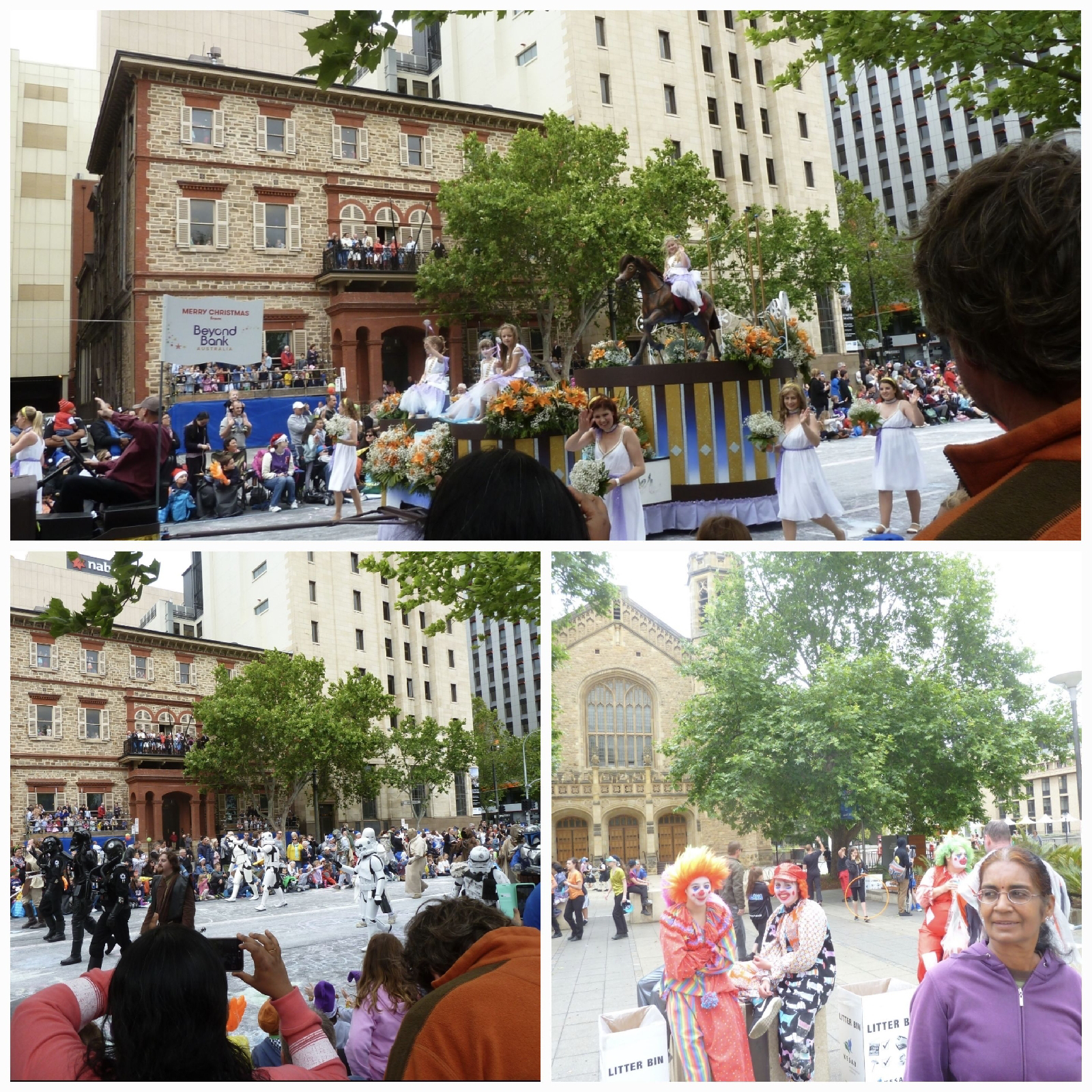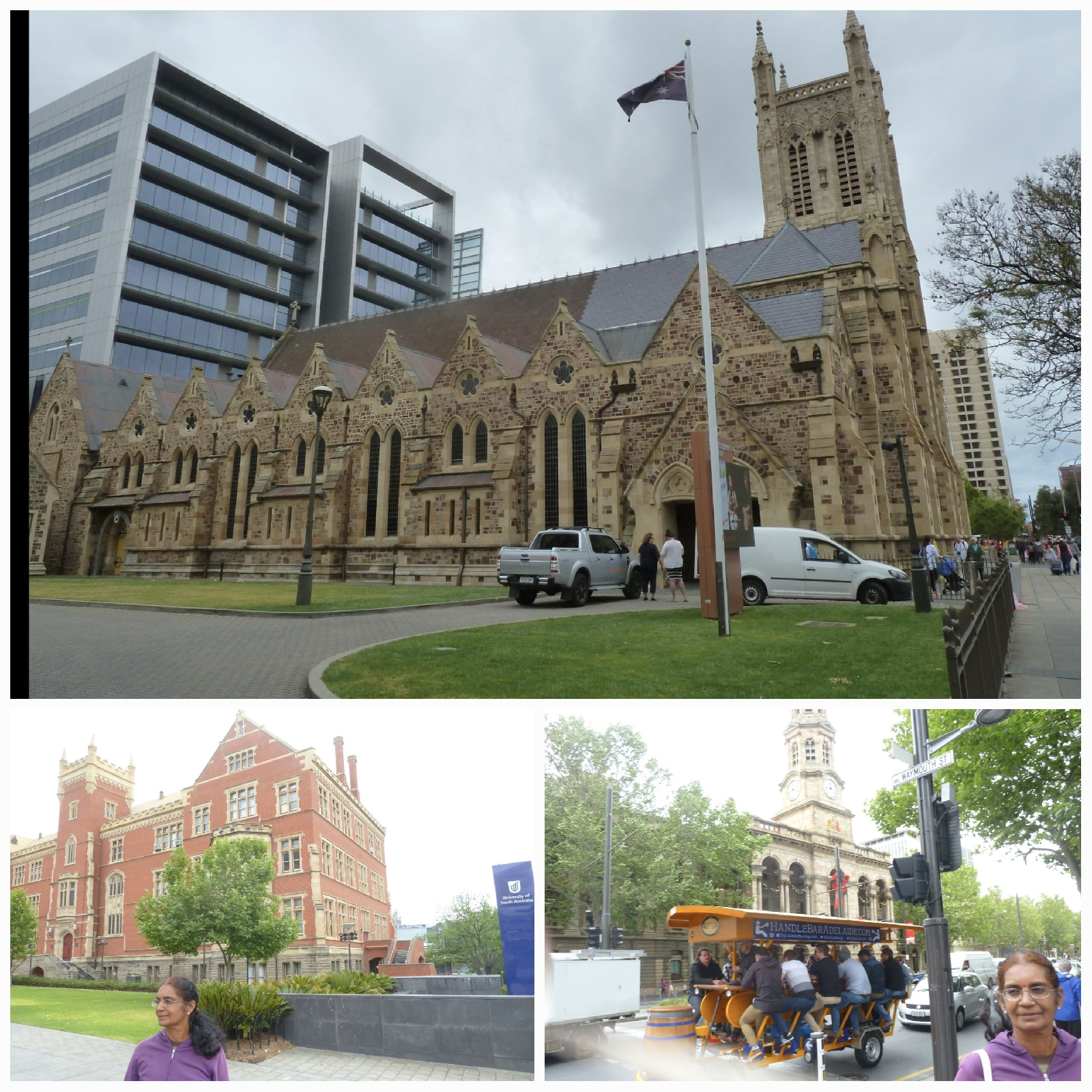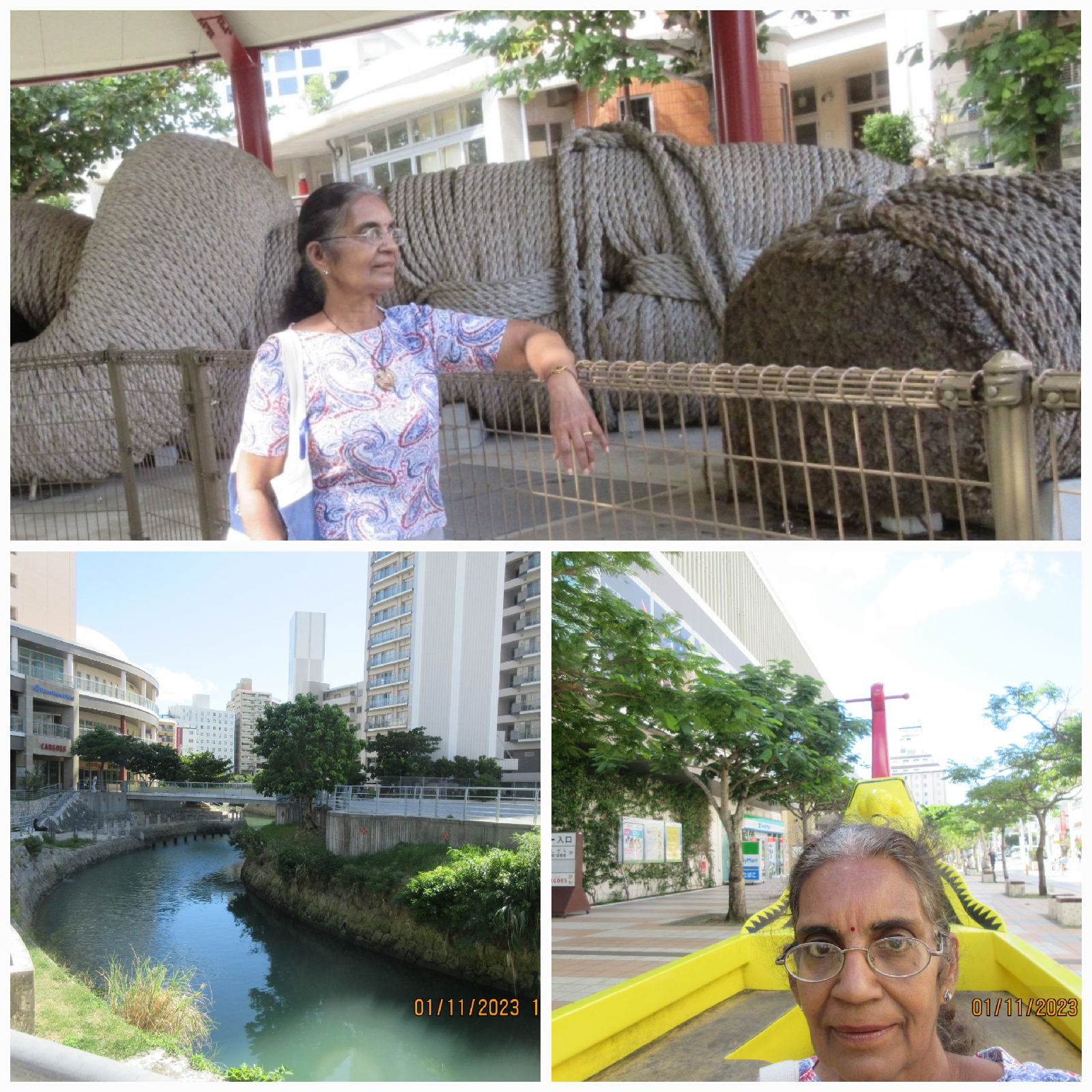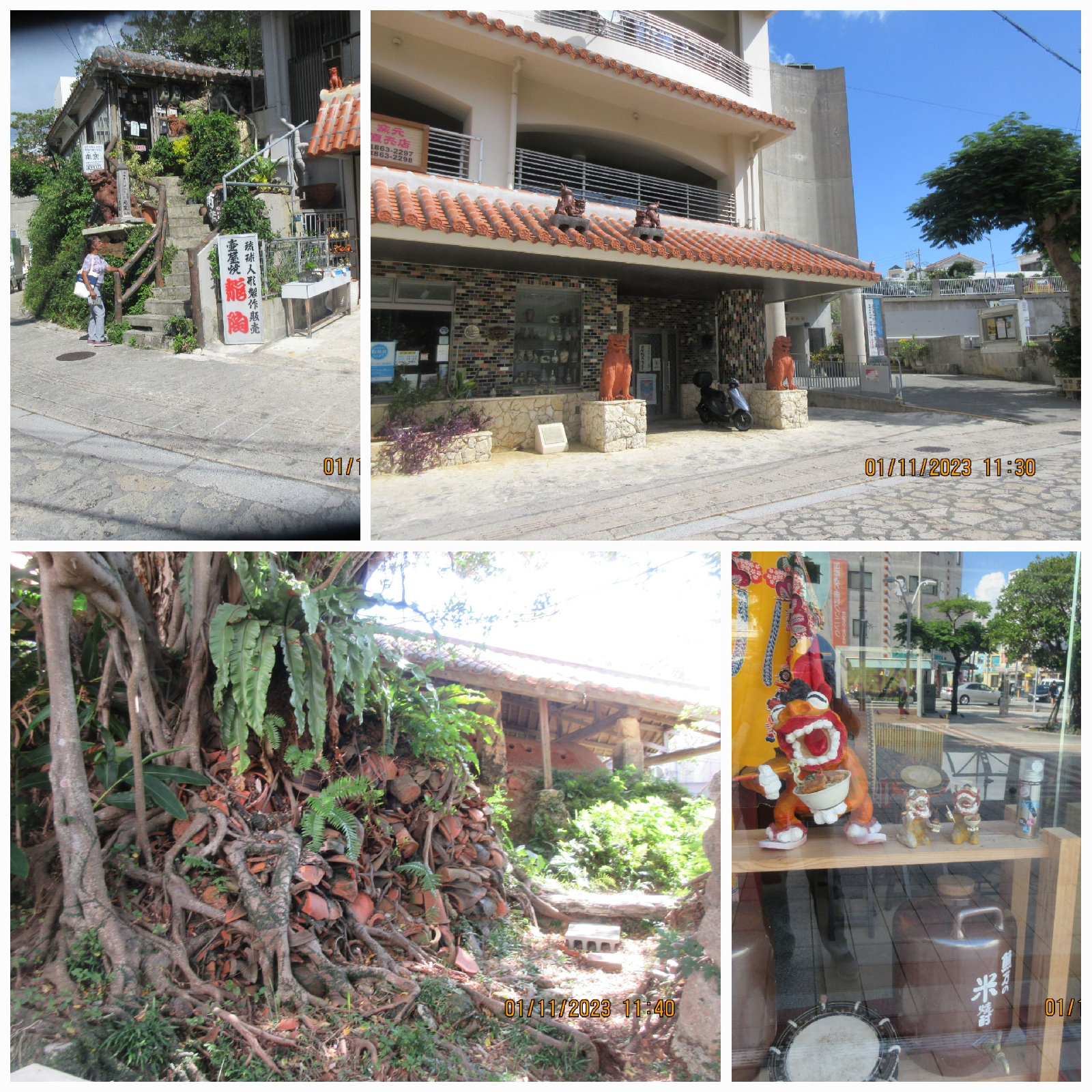A yearning
Adelaide, a name I first heard when in Grade 3. The school headmaster, a Mr Lucas, was from Alice Springs in Australia. His daughter, Hannah, and I were classmates. She often referred to the cities. They became ingrained in my mind. Later one of the books prescribed for my Cambridge 'O' level examinations was No Highway by Nevil Shute. I was so taken by the author's style, plot and language that I began to read his other novels. That's when I came across A Town like Alice (the story of a young English woman captured by the Japanese in Malaya, and the Australian soldier( from AP) who tries to help the women and child prisoners of war). It struck a chord since I was born in Malaya. My father was a fugitive during the Japanese occupation of the peninsula. I was understandably very excited indeed.
On our second trip to Australia, Sydney this time, we drove up to Sun Shine Coast and then all the way down to Melbourne. We wanted to do the great coastal drive towards Adelaide. and we did, but, only half way, again due to time constraints.
Adelaide lays it out
Our chance came when we cruised all around Australia, starting in Tasmania and ending in Sydney.
We disembark and walk right into a Christmas parade. The city is abuzz. Naturally traffic is blocked. The floats filled with fictional and fairy tale characters in various settings and styles glide by. We find a vantage point on the steps to a colonaded building. When Santa, who brings up the rear, enters we know the parade is about to end. Within a few minutes the city is almost devoid of traffic. It returns to its normal quiet self, except on some streets where the partying continues.
The trams within the city are free. We try them. it helps to discover that the route is quite walkable. And so we stroll to the city centre, sit on a bench and watch the world go buy. A little earlier we had walked into the central market area where we were irresistably drawn to the soft round Lebanese bread. Pulling off pieces of the bread and savouring them under the shade of a tree, facing an interesting facade, is one the most restful things we've enjoyed in our travels.
Architectural curiousities shaped by history
Walking down the streets we cannot help but notice iconic buildings.
What's in a name?
I've never come across a market calling itself a Fruit and Produce Exchange. Arched entrances and cantilevered canopies retain the historic facade of this heritage historic site. It is an invitation to the richness of colour and variety of products plied in the innumerable stalls.
The iconic buildings are all within easy reach. The unique light earth tones of the bricks make the facades look as thought the walls have been minutely sculpted. The University with its classic renaissance style, 153 year old St Peter’s Cathedral with its gothic spiralling colums and lancet windows, and the Victorian Town Hall all together symbolise the city's independant culture. The city, unlike most cities in Australia, did not begin with convicts. It was based on free settlement, not convict labour.
Celebrations continue in the many wide spaces between the buildings, with clowns, balloonists, a didgeridoo performance and even a party on a bar on wheels!
DrInk has seen enough and wants to return to the ship. I do not like to miss botanical gardens, especially if it is in the heart of the city.
A tree that squawks
So, here I go and within minutes I'm met by dense greenery. One particular tree stands out. It is all mostly parrot green interspersed with clusters of red. Curious to know whether it was crab apple or some berry bearing tree I approach and that's when it strikes me! Where's all that squawking and screeching coming from? The tree! It is dense with rainbow lorikeets. They begin to flutter. I steer clear so as not to disturb their town meeting. The hazy picture I take of the action filled moment depicts the flurry both in the observer and the observed.
The gardens were laid out very well but to me they paled in comparison to the birds that greeted me.
Diversity and architecture
I've been to botanical gardens in almost all the cities we've visited, but this one remains the most unique. The conservatory and palm pavilion are like those in Edinburgh with a diversity of flora ( I've yet to visit Kew Gardens in London) except for the architecture ( the largest single span glasshouse house in the Southern Hemisphere). The water lily pavilion also sets the garden apart.
Singularly notable sculptures fashioned out of various kinds of material abound. Enlivening it all are the eyecatching scarecrows.
Museum of Economic Botany, really!?
True. It's not only one of a kind but also the last of its kind in the world. Most of the exhibits have been there since the inception of the museum 140 years ago. They showcase various uses of plants with minimum wastage. The coconut and banana tree come to mind.
A knowing look: The Garden of Health
Medicinal plants grown in a tranquil setting. A living demonstration! The labels show how different parts of the 2,500 plants are used to heal the body, mind and soul, in the various cultures of the world. I had never seen lucerne, rennet, and caper plants before. Imagine my delight in discovering the ingredients I use in my cooking in their raw form! I believe I got a knowing look and a nod from them.
Sustainable environment, especially water
Walking into another part of the garden is even more edifying. We very well know that water, climate and soil condition determine the type of flora. The Water Mediterranean garden incorporates brooks and about 130 species from all the Mediterranean zones of the world, all carefully nurtured into a stunning display. They tell the story of how they are intertwined with cultures. Very intriguing indeed for one who delights in human geography.
A suitable entrance
Now I'm confronted by a randomly arranged set of low fountains. The sculpture is carved out of black granite and has water flowing over it as a fountain. The 14 piece sculpture was inspired by the fossilised vertebrae of an Ichthyosaur, a highly specialised aquatic reptile, displayed in the South Australian Museum. How fitting a representation of the objectives of the gardens!























